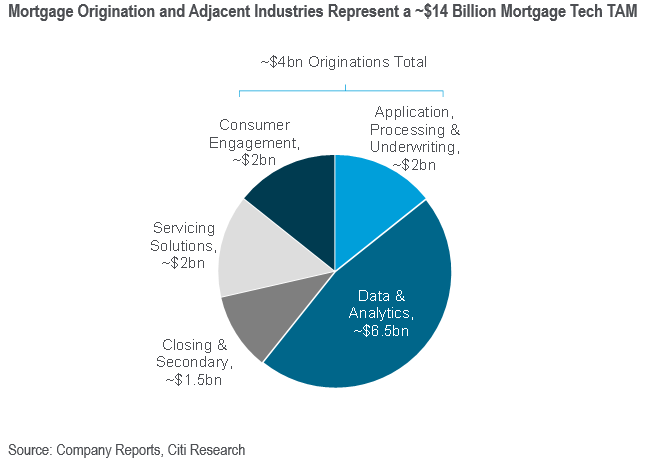CoreLogic has announced the launch of Discovery Platform, a cloud-based data exchange and property analytics ecosystem. Powered by the industry’s first integrated property identifier, CoreLogic’s CLIP ID, and built on more than 50 years of data spanning 99.9% of U.S. properties, Discovery Platform provides a comprehensive property analytics solution.
The platform enables businesses —including property and real estate technology (PropTech/ReTech), mortgage lenders, marketers and insurance firms— to discover, integrate, analyze and model property insights to make critical business decisions faster.
Enterprises have been investing heavily in data science to solve problems and predict outcomes across every aspect of their business, from revenue forecasts to lead generation and everything in between. They often spend significant time and resources managing this data and little time translating it to inform and improve business outcomes.
CoreLogic’s Discovery Platform simplifies this challenge through:
Seamless data integration: Users can easily integrate their own business objectives and data with CoreLogic’s data assets. While most data exchanges rely on generalized data sets, CoreLogic’s CLIP ID provides more granular information at the property level to help businesses derive more accurate business insights based on the most current market landscape.
A complete suite of analytics and modeling tools: Organizations have access to a suite of leading analytics and resources such as data modeling and visualization tools, all available within a secure digital workspace that can be used to extract and categorize insights.
Connected workflows: Data can be easily exported and integrated into external operational platforms to streamline workflows between data analytics teams and business decision makers to improve efficiencies and drive business outcomes faster.
“As the industry is increasingly leveraging data science and analytics to understand, improve and grow their businesses, it has never been more important to get the data strategy right,” explains Patrick Dodd, President and CEO of CoreLogic. “By combining best-in-class data, enhanced analytics, and cross-functional collaboration capabilities into a unified solution, the CoreLogic Discovery Platform allows enterprise leaders to gain insights and integrate into their business activities faster than ever before.”
With CoreLogic’s Discovery Platform, businesses can solve use cases such as:
- Lead Prospecting and Qualification: Identify and screen potential customers based on property or loan characteristics, real estate or loan transaction events, estimated equity or CoreLogic propensity models.
- Market Share and Competitive Analysis: Analyze lending market share by geography or portfolio type and conduct competitive analysis on key competitors.
- Risk Analysis: Assess risk of properties, including default risk, home price risk, hazard risk (e.g., flood, wildfire) and reconstruction cost risk.
- Retention Modeling: Use CoreLogic’s propensity models to identity at-risk customers and understand where lost customers went.
- Customer Profiling & Predictive Analytics: Build customer profiles based on key property-related characteristics. Predict behavior based on trends and forecasts of the underlying property attributes (e.g., home price appreciation, new construction, etc.).
To learn more about CoreLogic’s Discovery Platform, click here.
